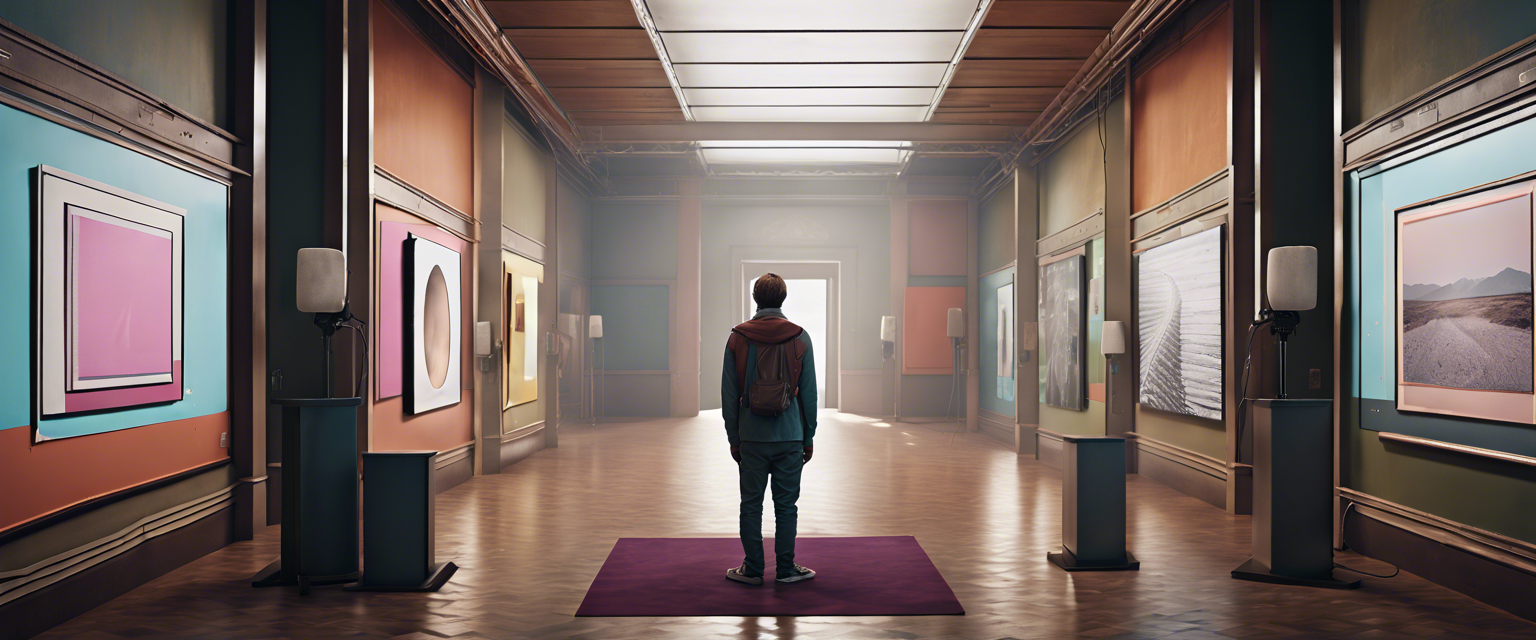The Rise of AI Art: Exploring New Possibilities
AI art is transforming the creative landscape, becoming increasingly popular across various industries. While many are familiar with using AI-generated visuals for enhancing social media content or blogs, the potential applications extend far beyond these realms. From leading fashion brands like Balenciaga leveraging AI in viral marketing to TikTok trends featuring transformed video content, AI art has captured widespread attention. However, this article will delve into lesser-known possibilities, particularly focusing on text-to-image generation in industries beyond the obvious.
Innovative Uses of AI Art in Various Industries
Interior design and health-related fields have already begun harnessing the power of AI art. Yet, the question remains: how can other industries take advantage of this technology? Recently, an intriguing method for using AI art surfaced on Reddit, showcasing a novel approach to combining QR codes with AI-generated visuals. QR codes, despite their declining popularity, can receive a new life through creative integration. In this guide, we’ll explore how to generate AI art that incorporates a readable QR code using Stable Diffusion WebUI.
Generating AI Art with a Readable QR Code
This tutorial will walk you through the steps required to create AI art featuring a QR code, making it a versatile tool for brand communication and merchandise production.
Step 1: Download and Install Stable Diffusion WebUI
Begin by downloading the Stable Diffusion WebUI repository from the Automatic1111 GitHub page. Follow the installation instructions provided within the repository.
Step 2: Install the ControlNet Extension
Once you have the WebUI installed, navigate to the extensions tab. Under the available tab, locate ControlNet. Click on 'install' and restart your WebUI. If the ControlNet section doesn't appear at the bottom of the page, go to the settings tab, find ControlNet on the left, and adjust the 'Multi ControlNet: Max models amount' to 2, then restart again.
Step 3: Generate a QR Code
Instead of generating a QR code using AI, you'll use an existing one. There are numerous free QR code generator websites available. For this tutorial, I recommend using this QR code generator. Set the error correction level to L and dimension to 250x250 pixels. Download the generated QR code image.
Step 4: Download Required Models
You'll need to download two models:
- Control model: control_v11p_sd15_lineart.pth
- Brightness model: control_v1p_sd15_brightness.safetensors
Step 5: Setting Up the Control Net
Now that you've installed the necessary models, upload the QR code image into both ControlNet Unit 0 and ControlNet Unit 1 tabs. Ensure the enable field is selected for both. In the first unit, select 'control_v11p_sd15_lineart.pth', and in the second, select 'control_v1p_sd15_brightness.safetensors'. For preprocessor, choose inpaint_global_harmonious.
Next, adjust the control weights and steps:
- Unit 1 (Brightness model): Control weight: 0.35, Starting Control Step: 0, Ending Control Step: 1
- Unit 2 (Lineart model): Control weight: 0.65, Starting Control Step: 0.35, Ending Control Step: 0.75
Step 6: Generate the Final AI Art Piece
Change your sampling method to DPM++2M Karras or Euler A. Navigate to the text2img tab, input your desired prompt along with any negative prompts, and hit 'generate'. You will soon have AI-generated art featuring a readable QR code!
Conclusion
As demonstrated, incorporating AI art with QR codes is a straightforward yet innovative process. The potential for this technology in enhancing brand communication is significant, offering businesses a unique edge. Why not explore this creative avenue at the next lablab.ai AI Hackathon? Identify a problem, and leverage AI to build an ingenious solution.
If you enjoyed this tutorial, share your AI artwork in our Discord community and check out our other Stable Diffusion tutorials to expand your skills further!



Залишити коментар
Усі коментарі модеруються перед публікацією.
This site is protected by hCaptcha and the hCaptcha Privacy Policy and Terms of Service apply.